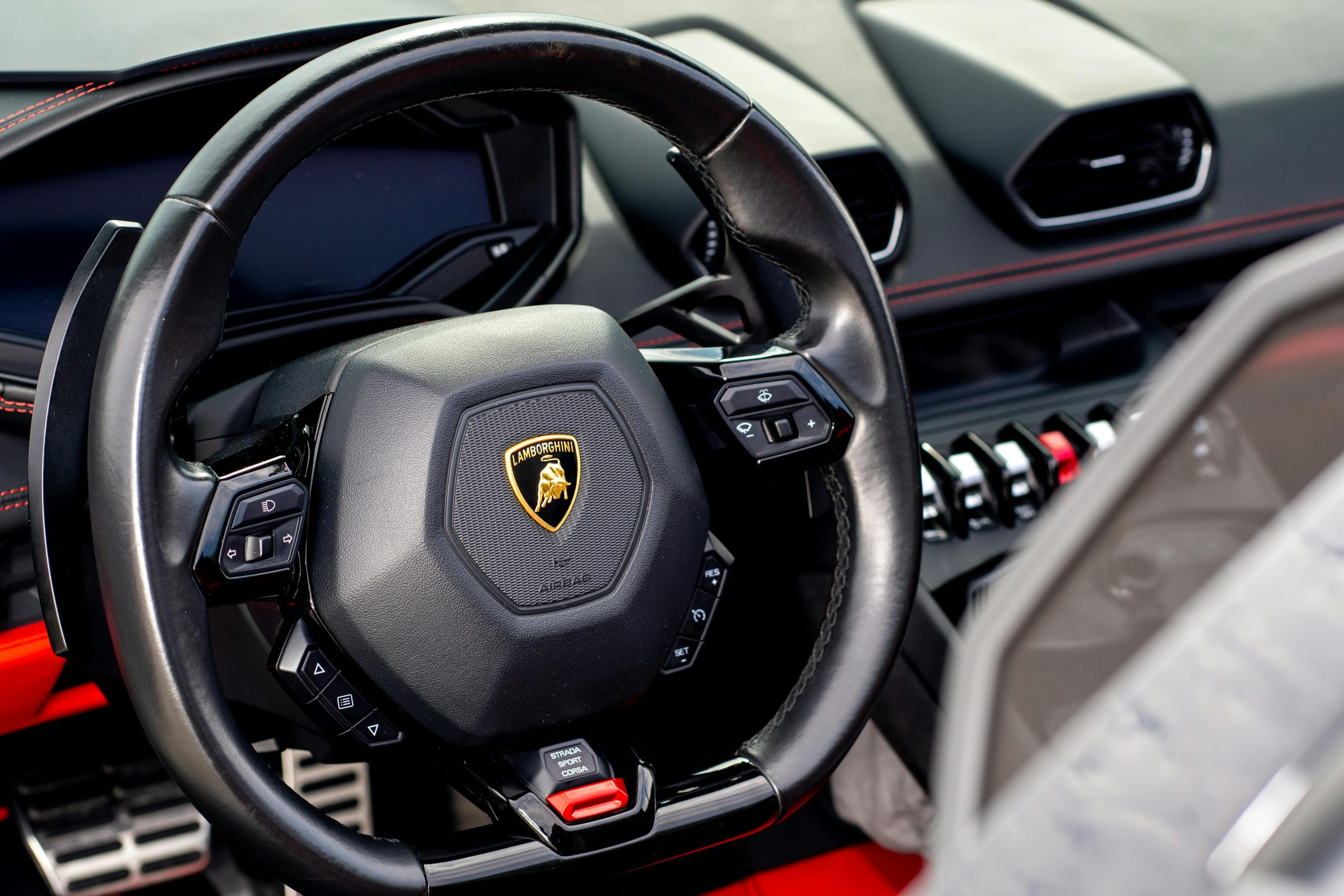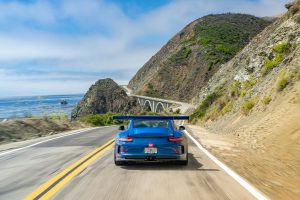Autonomous Racing: Robots Competing at Inhuman Speeds
The world of racing has always been a place of excitement, adrenaline, and speed. But what if I told you that the future of racing lies in the hands of robots? That’s right, autonomous racing has become more than just a concept, it’s now a reality. With robots competing at inhuman speeds, the possibilities for this sport are endless. In this article, we will dive into the world of autonomous racing and see how robots are pushing the boundaries of speed and technology.
The Rise of Autonomous Racing
Autonomous vehicles have been a topic of discussion for decades, with the first self-driving car prototype being created in the 1980s. However, it wasn’t until recently that we saw the emergence of autonomous racing. In 2010, the Defense Advanced Research Projects Agency (DARPA) organized the first ever Grand Challenge, a race for fully autonomous cars. This event sparked interest in the potential of autonomous racing and paved the way for future developments.
Today, companies like Tesla, Google, and Uber are heavily investing in autonomous vehicle technology. Racing enthusiasts have also joined the bandwagon, with several autonomous racing series like Roborace and Formula E’s Roborace championship gaining popularity. These races challenge the capabilities of AI and showcase the potential of self-driving cars.
The Role of AI in Autonomous Racing
Artificial Intelligence (AI) plays a crucial role in making autonomous racing possible. In order for a robot to compete in a race, it needs to have the ability to process large amounts of data in real-time and make split-second decisions. This requires advanced machine learning algorithms, sensors, and sophisticated software.
Autonomous cars use a combination of sensors, including lidar, radar, and cameras to perceive their surroundings. Lidar sensors use laser light to generate high-resolution 3D maps of the environment, while radar sensors use radio waves to detect objects. Cameras provide visual data that is analyzed by the AI to make decisions like steering, acceleration, and braking.
One of the biggest challenges for AI in autonomous racing is recognizing and reacting to sudden obstacles or changes in the track. To overcome this, engineers are developing predictive models that can anticipate potential hazards and adjust the robot’s path accordingly. This not only improves the safety of the race, but also increases the speed at which the robot can navigate the track.
The Need for Speed and Safety
In order to compete with human drivers, robots need to be able to reach and maintain high speeds. This requires not only advanced AI algorithms, but also top-notch mechanical engineering. Roborace cars, for example, can reach speeds of up to 200 mph (320 kph). This means they need to be designed with streamlined shapes, lightweight materials, and powerful engines.
However, as with any racing sport, safety is a top priority. With robots competing at high speeds, there is always the risk of accidents. That’s why engineers and racing organizations are constantly working to improve safety measures. This includes adding redundant systems, such as dual power sources, to ensure that the car can still function in the event of a failure.
The Future of Autonomous Racing
As technology continues to advance, so does the potential for autonomous racing. With robots constantly pushing the boundaries of speed and safety, the sport is only going to get more thrilling and competitive. It’s not hard to imagine a world where autonomous cars race alongside human drivers, or even an all-robot racing league with millions of fans.
But racing is not the only industry that will benefit from autonomous technology. The advancements made in autonomous racing can also have positive impacts on everyday transportation. Self-driving cars have the potential to reduce traffic accidents, improve fuel efficiency, and reduce travel time. Autonomous technology can also open up new possibilities for transportation in remote or dangerous areas.
The Road to the Future
Autonomous racing may still be in its early stages, but it’s clear that the future of racing lies in the hands of robots. By pushing the boundaries of speed, safety, and technology, these races are paving the way for a new era of transportation. As we continue to see advancements in AI and robotics, it’s exciting to think about all the possibilities for the future of autonomous racing.








